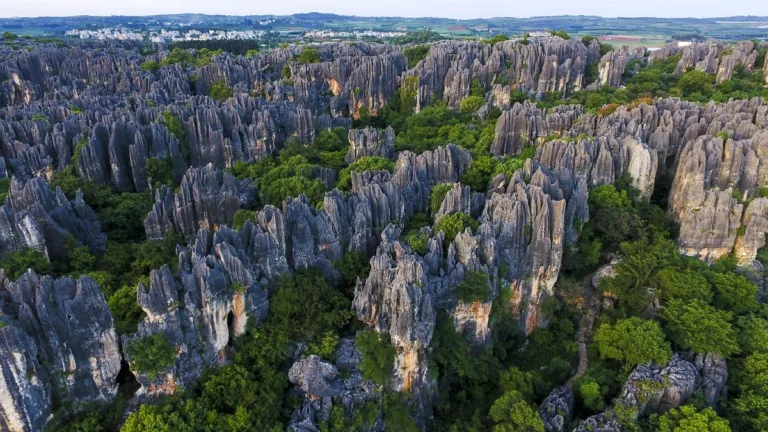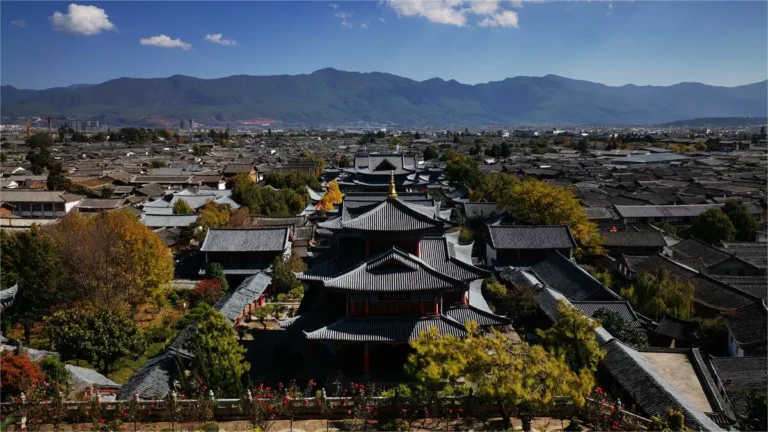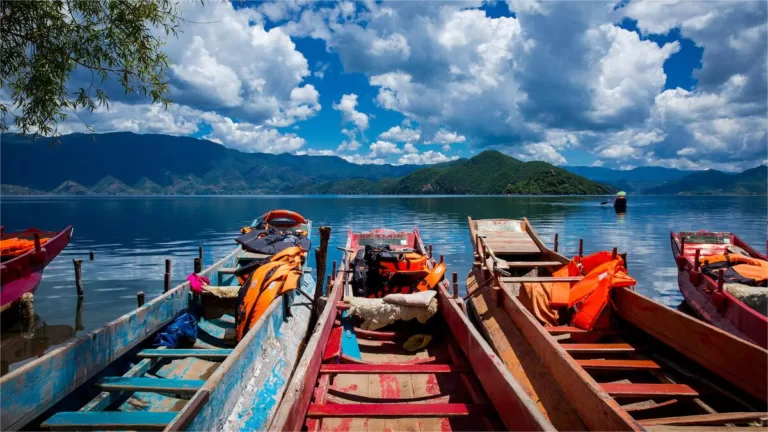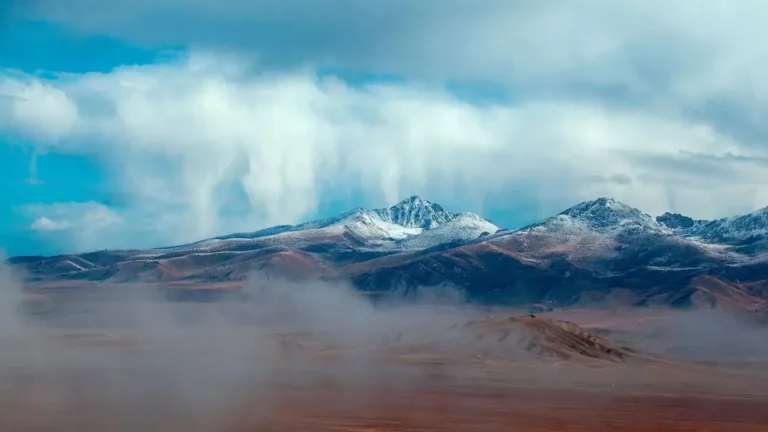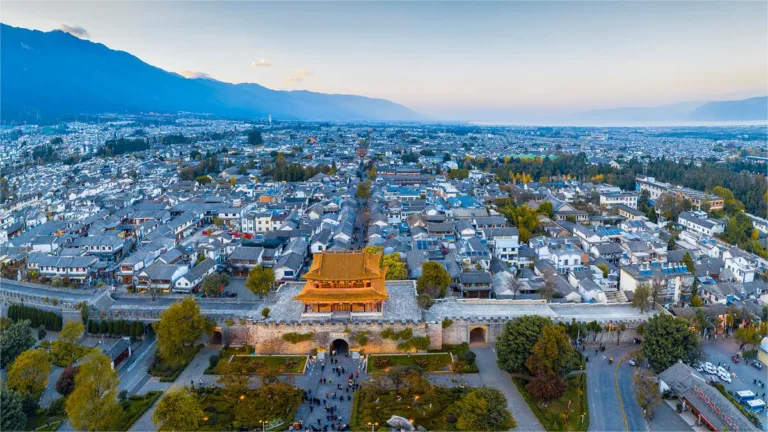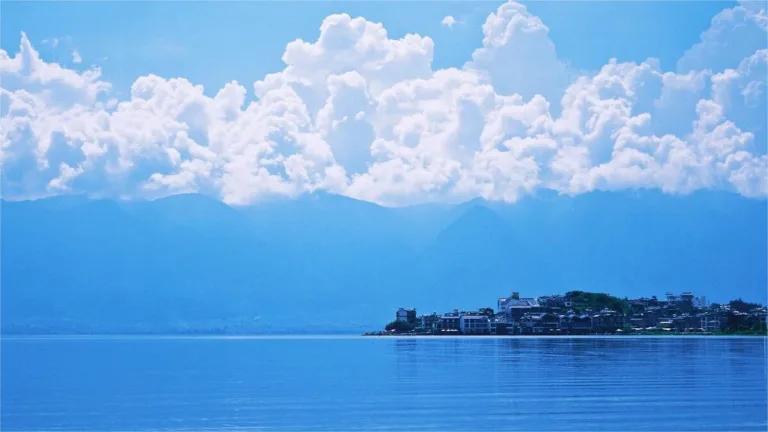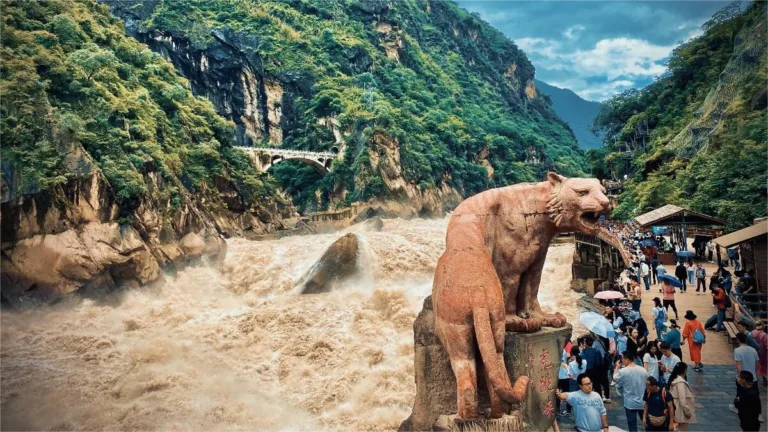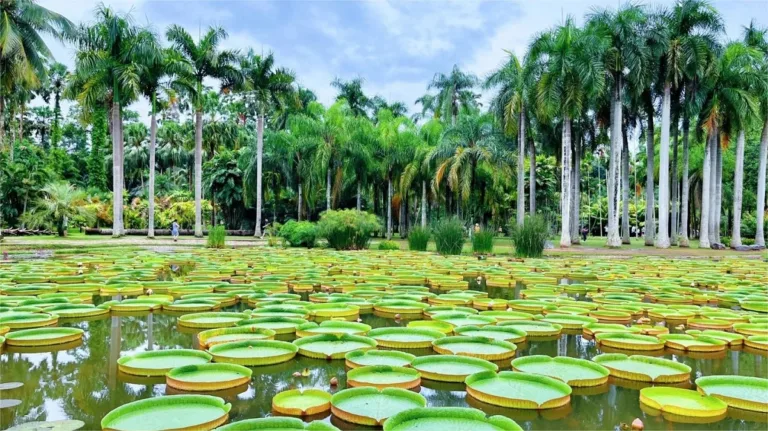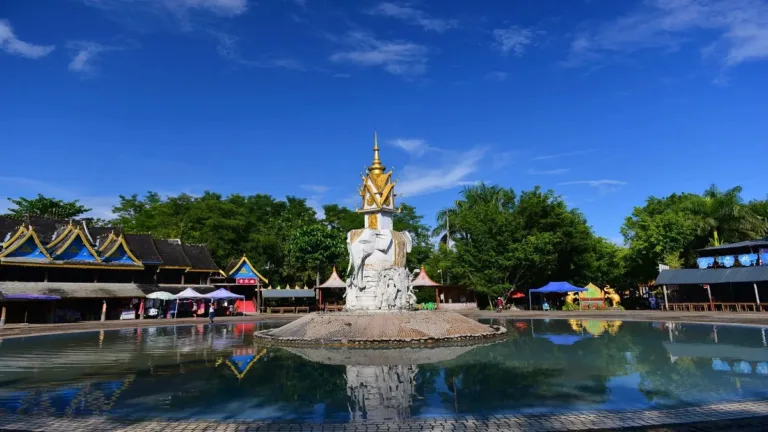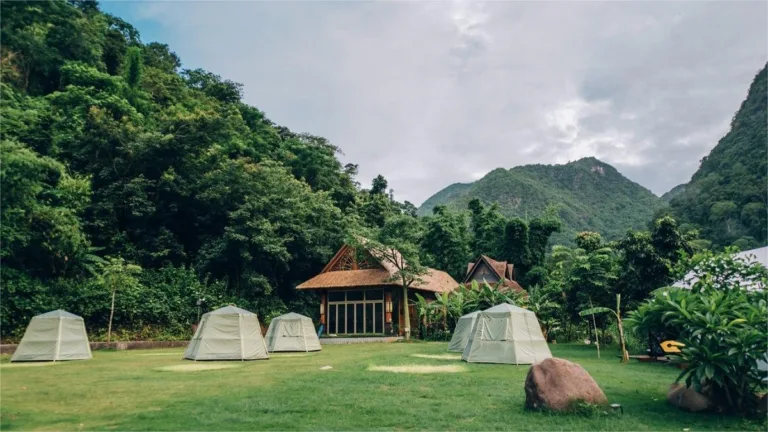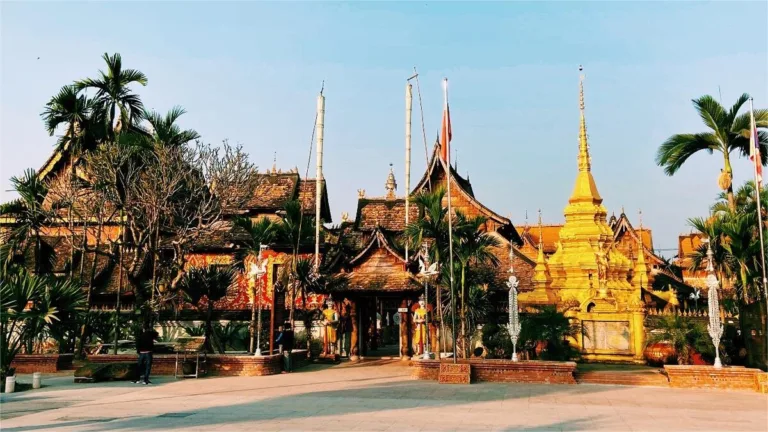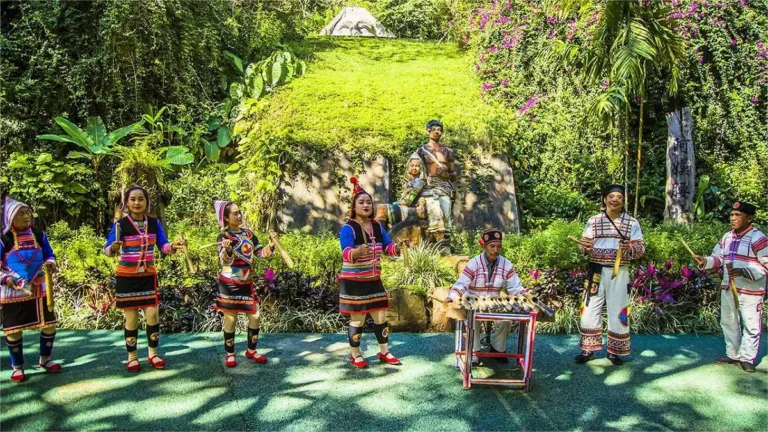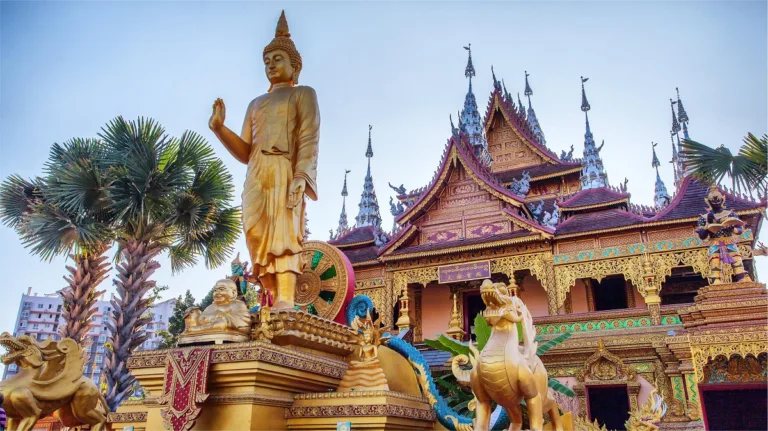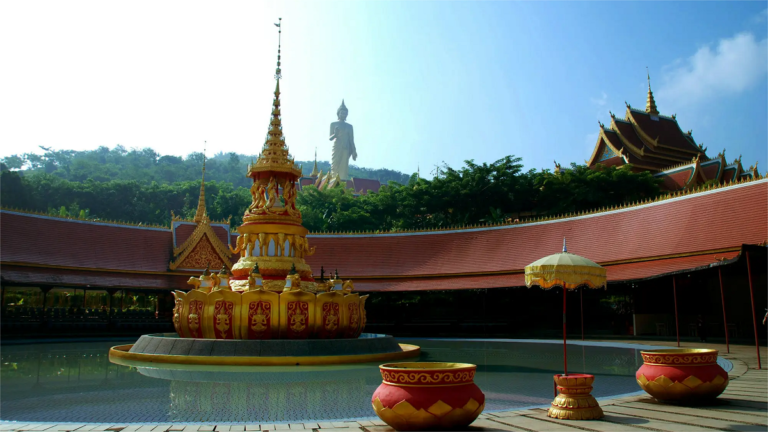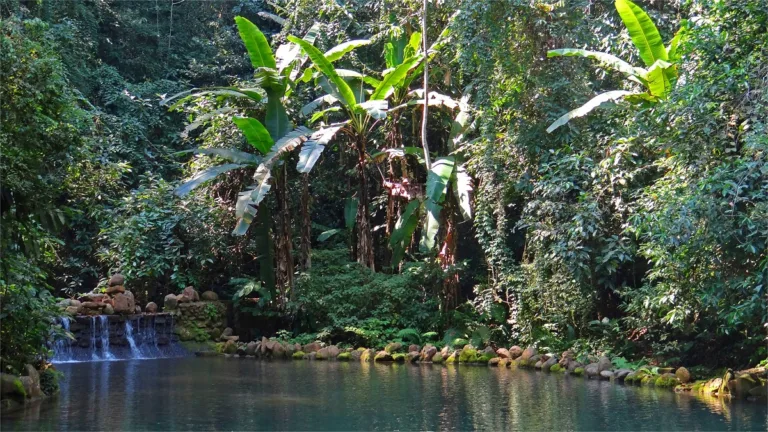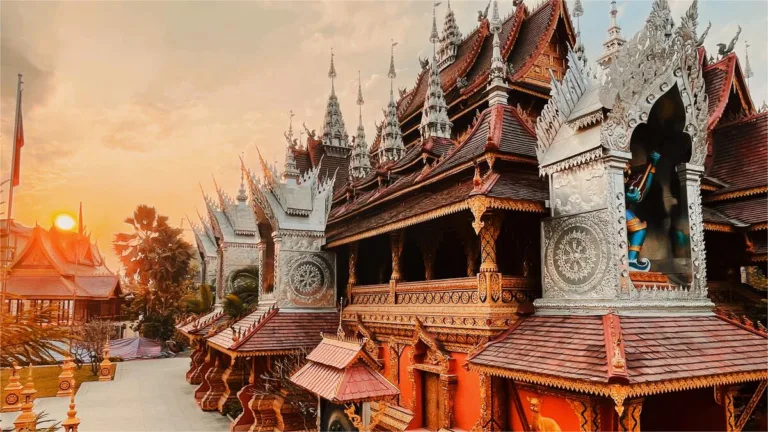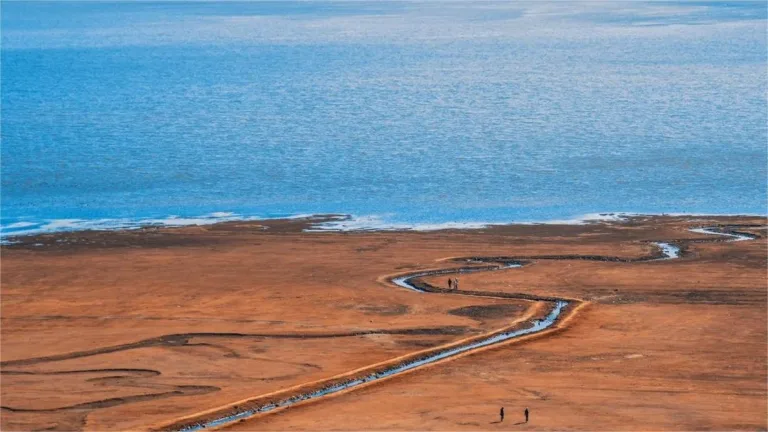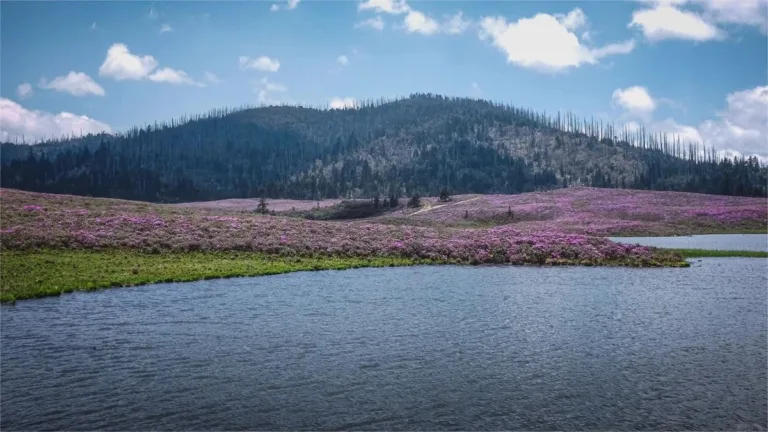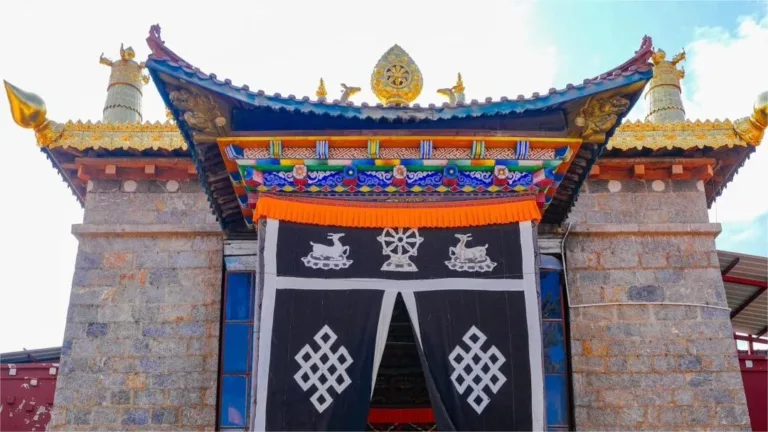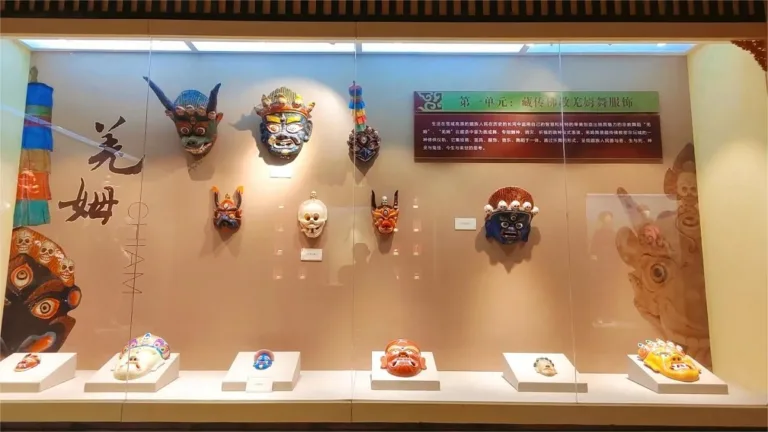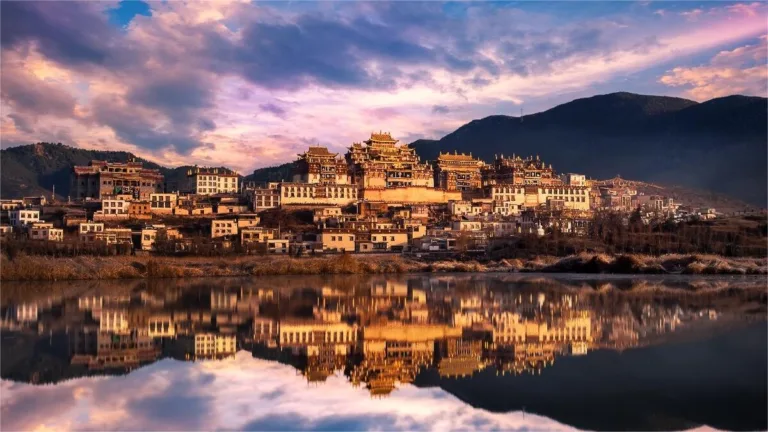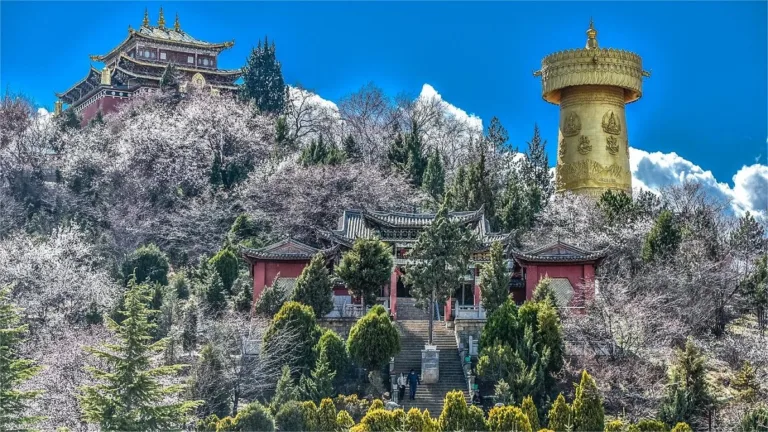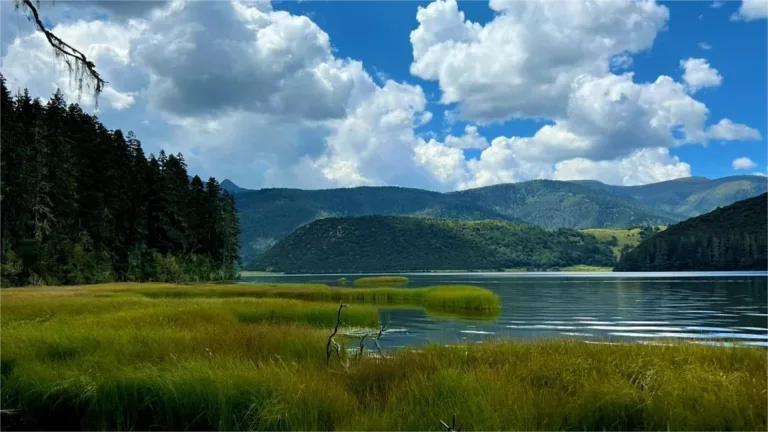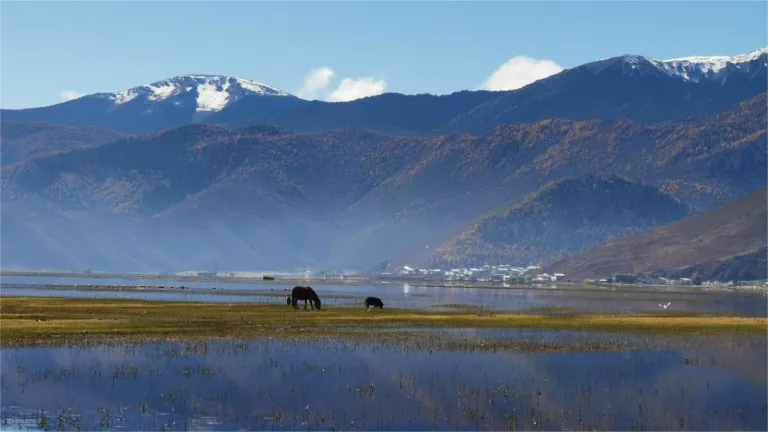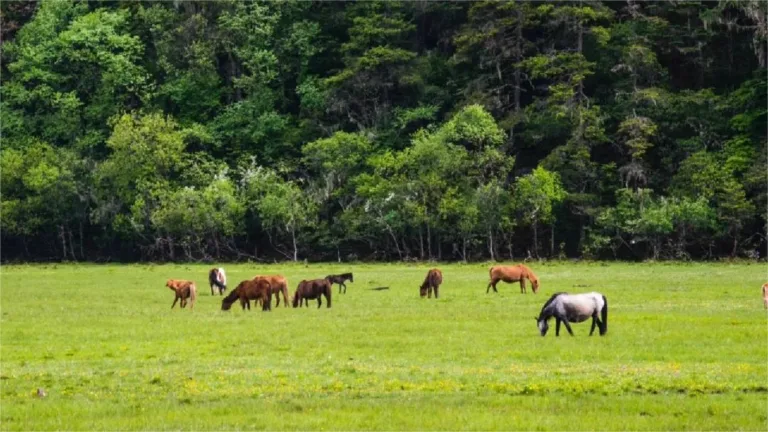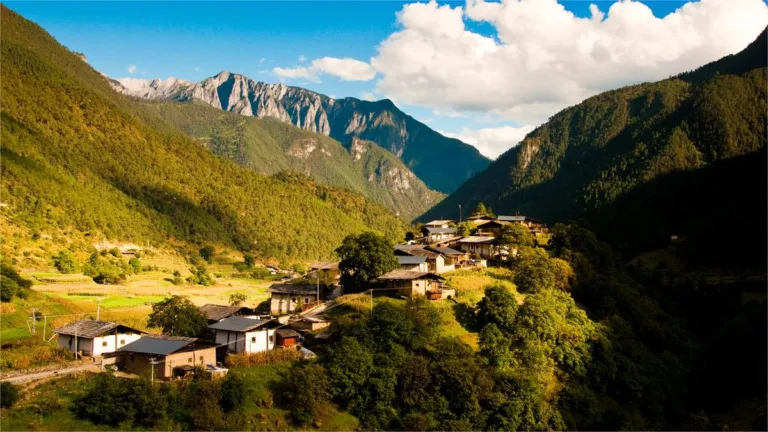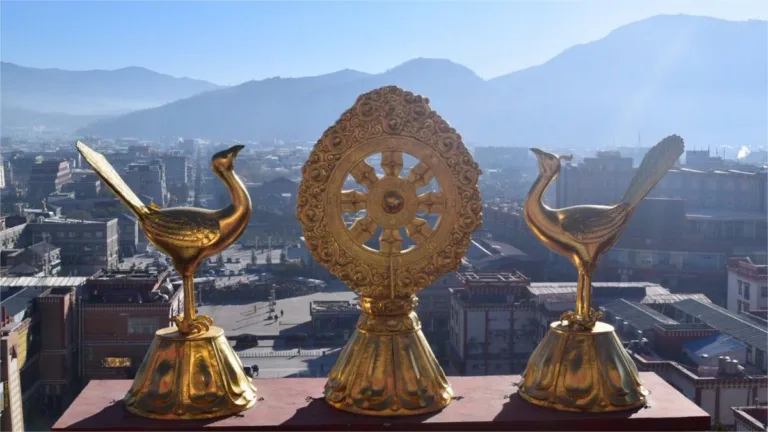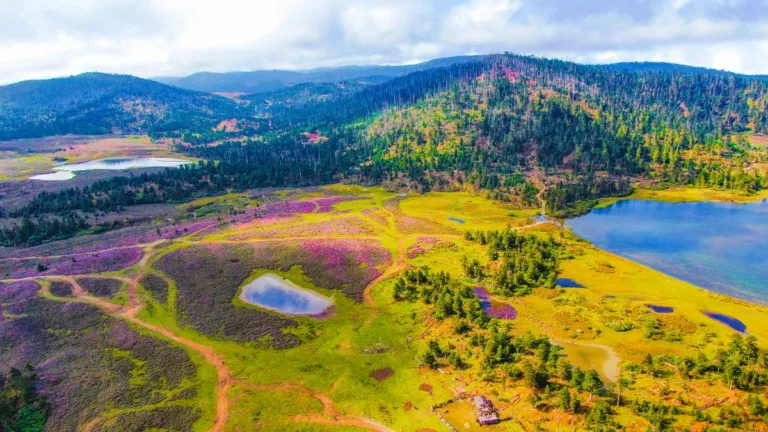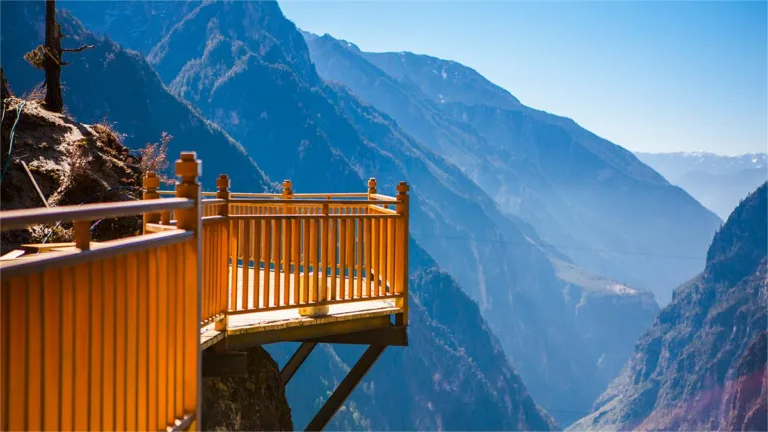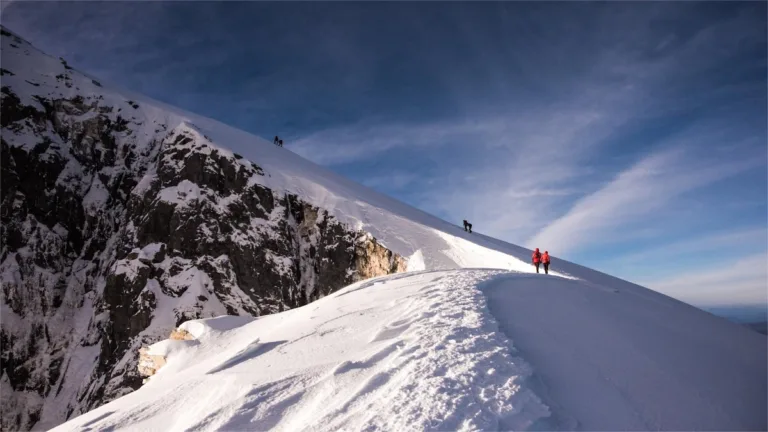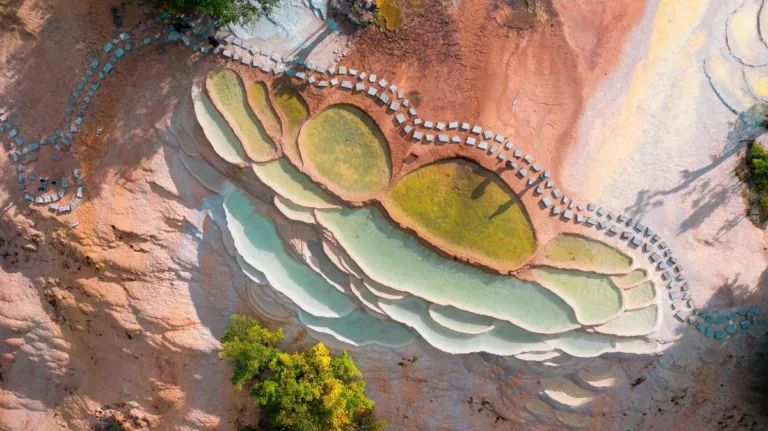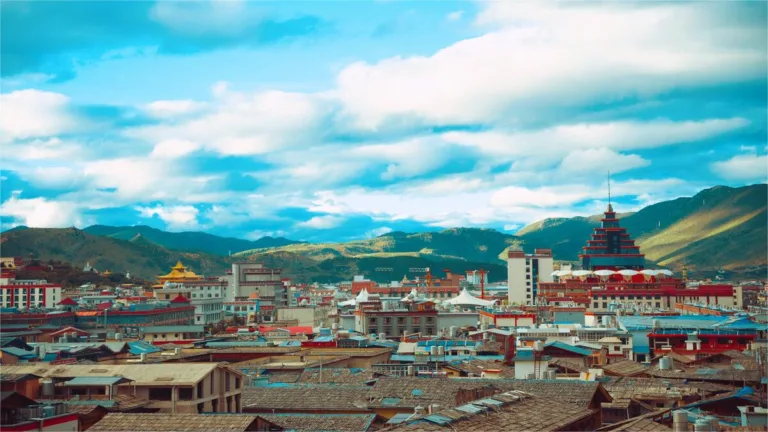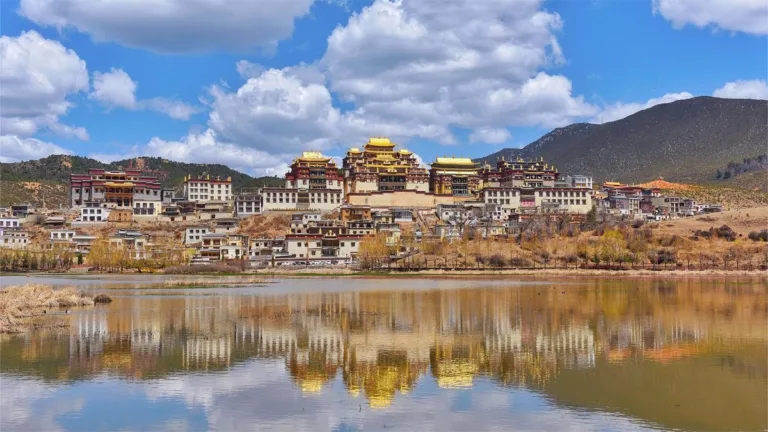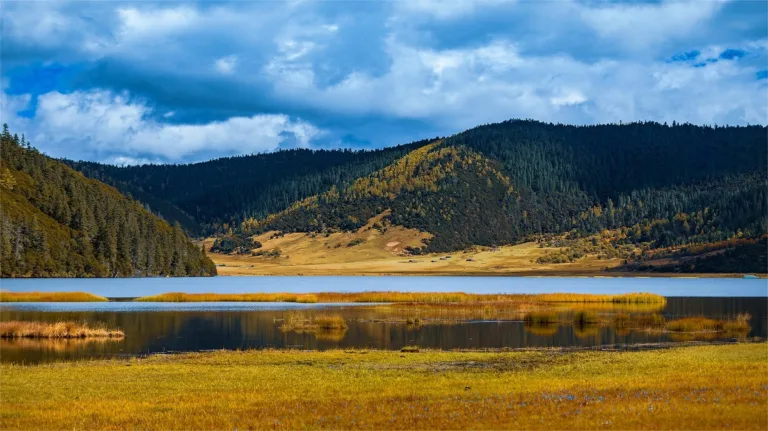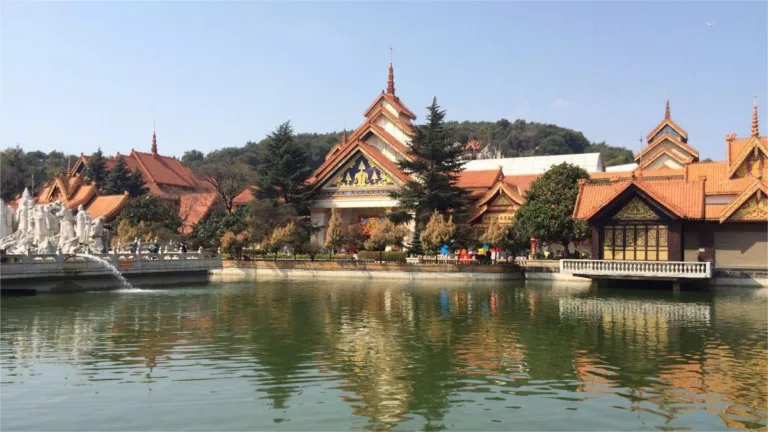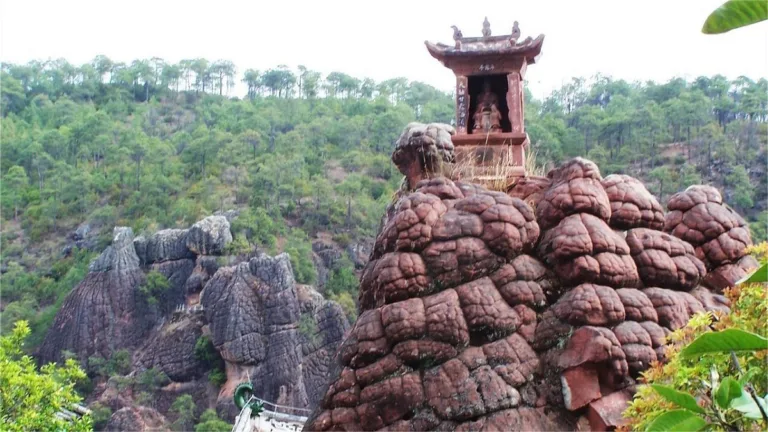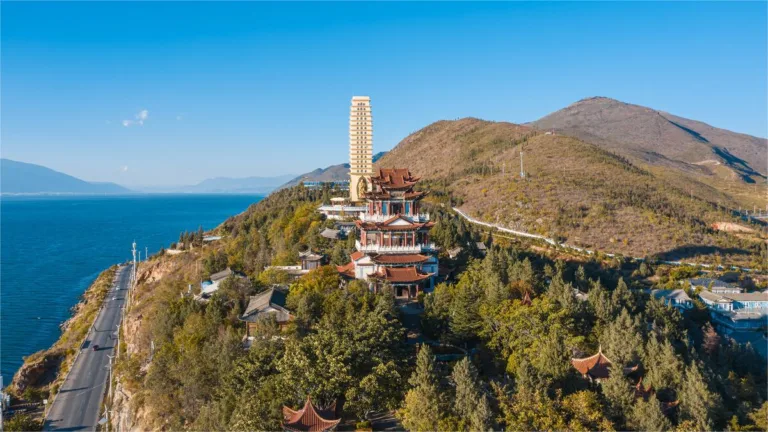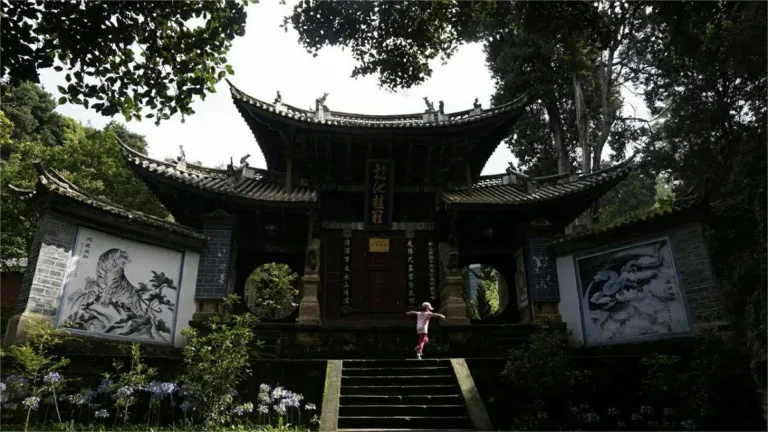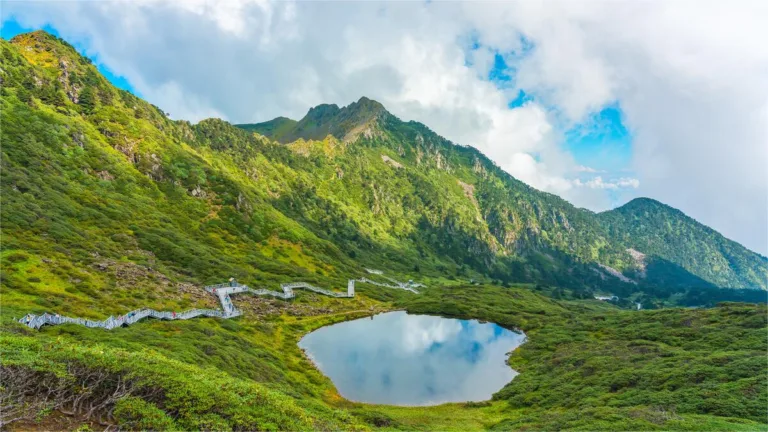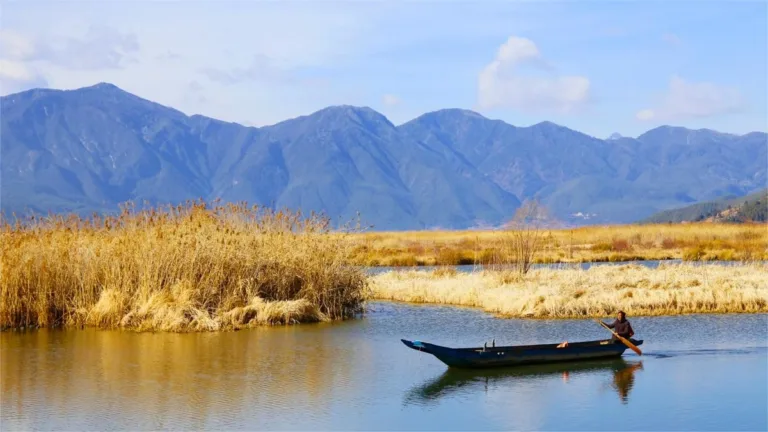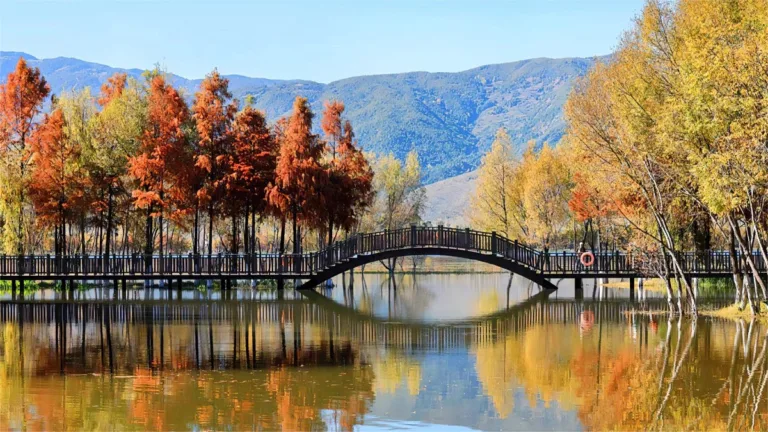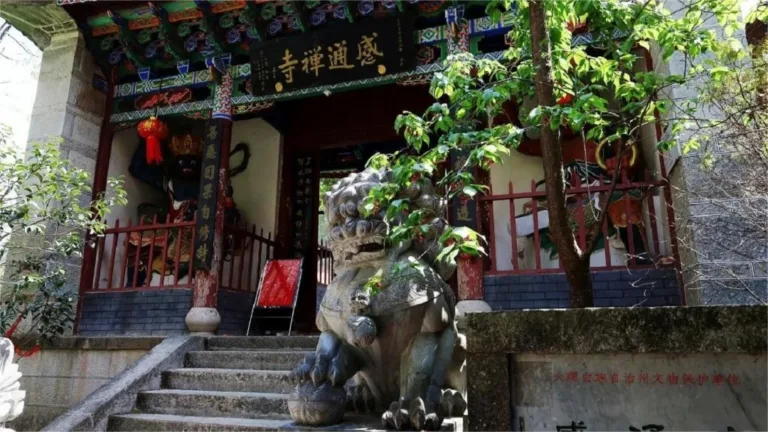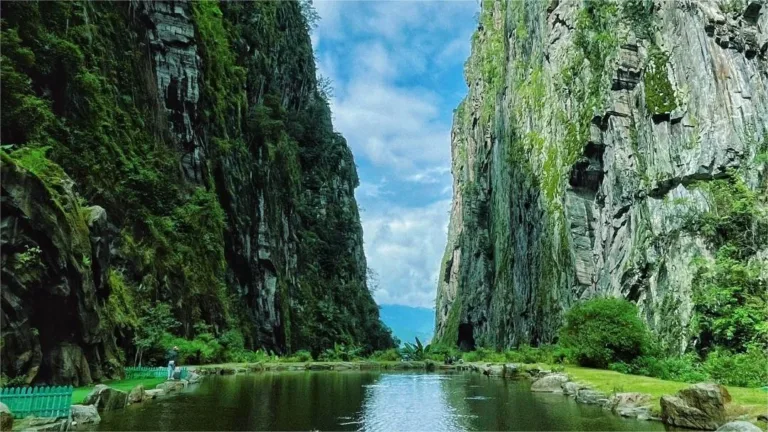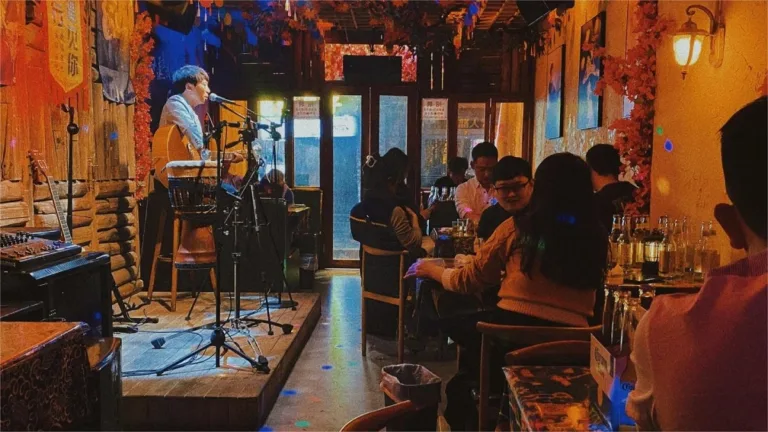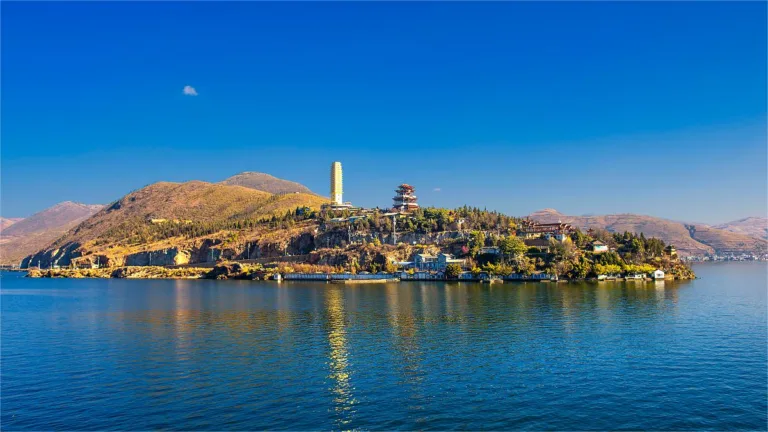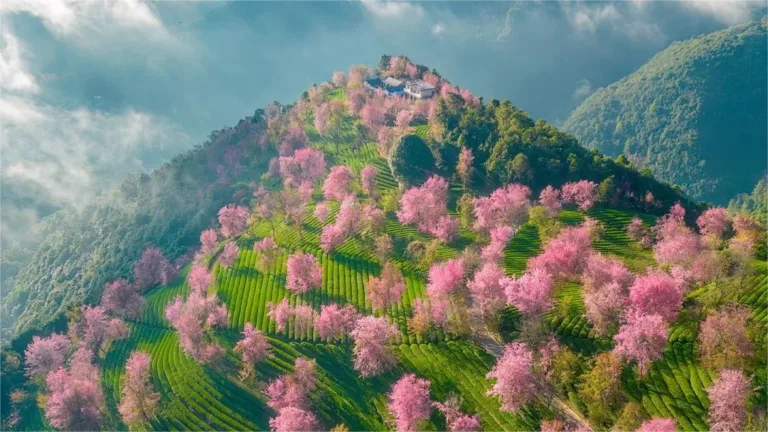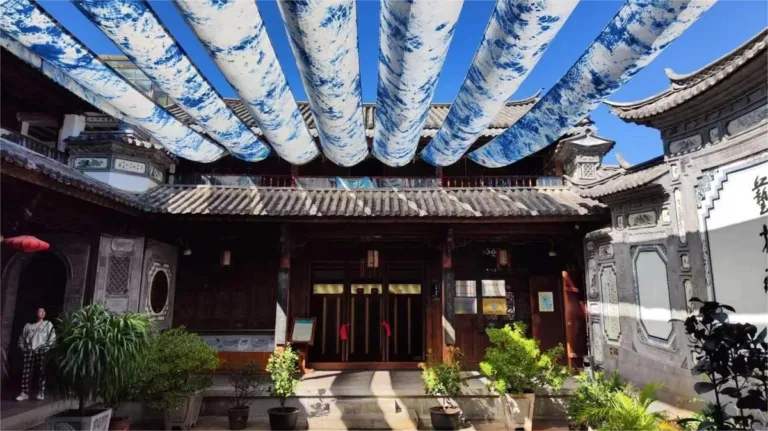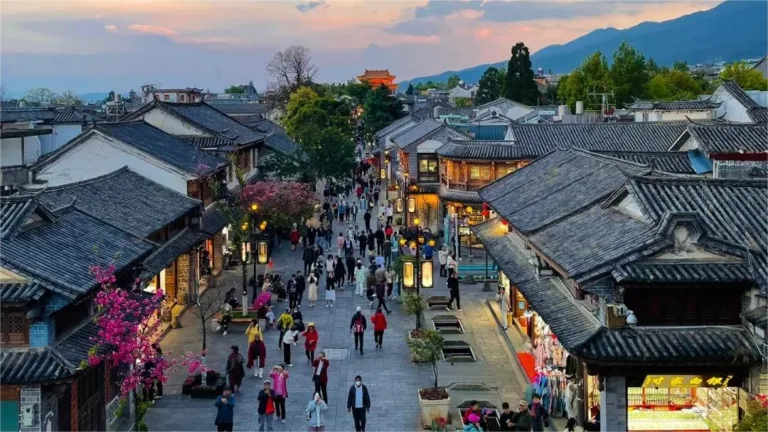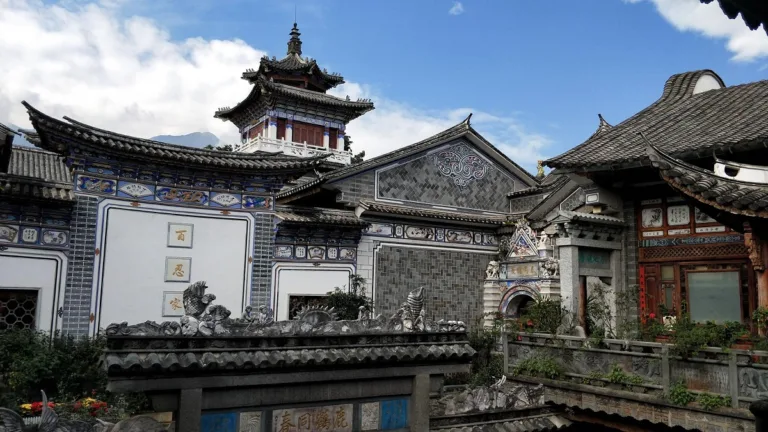Most Popular Yunnan Attractions
The Kunming Stone Forest (昆明石林), a UNESCO World Heritage Site and Global Geopark, is renowned for its unique karst geological formations, predominantly...
The Old Town of Lijiang (丽江古城) began to take shape in the early Southern Song Dynasty. Known as “Dayan” during the Ming Dynasty, it sits at...
Lugu Lake (泸沽湖), situated on the border between Yunnan and Sichuan provinces in China, stands at an elevation of approximately 2685 meters. Renowned for...
Yulong Snow Mountain (玉龙雪山), stretching 75 kilometers, stands as one of the most prominent mountain ranges in the northern hemisphere with perennial snow...
The Old Town of Dali (大理古城), also known as Yeyu City or Purple City, is situated in the western part of Yunnan Province, China. Its history dates back...
Erhai Lake (洱海), also known as Kunming Pool, Er River, or Yeyu Lake in ancient times, is located in Dali City, Dali Bai Autonomous Prefecture, Yunnan Province,...
Cangshan Mountain (苍山), also known as Diancangshan (点苍山), is part of the Hengduan Mountains range, which is the southern extension of the Himalayas. Its...
Tiger Leaping Gorge (虎跳峡), located in the upper reaches of the Jinsha River in Yunnan Province, China, is divided into three sections: Upper Tiger Leaping,...
Xishuangbanna Tropical Botanical Garden (西双版纳热带植物园), founded in 1959 by Chinese botanist Cai Xitao, spans approximately 1125 hectares. It houses over 13,000...
Other Attractions in Yunnan
Dai Minority Park, officially known as Xishuangbanna Dai Minority Park (西双版纳傣族园), is a premier cultural and ecological tourism destination in Xishuangbanna,...
Mengyuan Fairy Land (勐远仙境, Mengyuan Xianjing) is nestled within Mengla County in Yunnan Province, China. Located at approximately 21 degrees north latitude,...
Mengjinglai Village (勐景来), located in the border region between China and Myanmar, covers an area of 5.6 square kilometers and offers a picturesque view...
Manchunman Buddhist Temple (曼春满佛寺), also known as Menghan Chunman Grand Buddhist Temple (勐罕春满大佛寺), is located in the Dai Minority Park. The existing structures...
Jinuo Village (基诺山寨), located in Jinghong City, Xishuangbanna, is the gathering place of the Jinuo ethnic group and serves as the most comprehensive and...
The Xishuangbanna General Buddhist Temple (西双版纳总佛寺, Zongfosi), known in Dai language as “Wabajie,” is the spiritual center for Buddhist followers...
Mengle Dafo Temple (勐泐大佛寺, Mengle Grand Buddha Temple) stands as a reconstructed symbol of the ancient royal temple “Jingpiao Temple” of the...
Xishuangbanna Primeval Forest Park (西双版纳原始森林公园), located to the east of Jinghong and north of the Lancang River, is the closest primeval forest to Jinghong...
Wild Elephant Valley (野象谷), located in the Mengyangzi Sub-reserve of the Xishuangbanna National Nature Reserve, is China’s first national park dedicated...
Manting Park (曼听公园), located in Jinghong City, the capital of the Xishuangbanna Dai Autonomous Prefecture in Yunnan Province, spans over 400 acres. It...
Established in 1984, Napahai Nature Reserve (纳帕海自然保护区, Napa Lake Nature Reserve) covers a total area of 2400 hectares, surrounded by mountains on three...
The Natural Bridge Hot Spring (天生桥温泉, Tianshengqiao Hot Spring, Tiansheng Bridge Hot Spring), located 10 kilometers southeast of Zhongdian County in Yunnan...
Shangri-La Alpine Botanical Garden (香格里拉高山植物园) is the world’s first alpine botanical garden in a low latitude and high altitude region, and it is...
Qianhu Mountain (千湖山), also known as Thousand-Lake Mountain, is a picturesque gem nestled in the heart of Shangri-La, Yunnan Province, China. Known as...
Baiji Monastery (百鸡寺), founded during the Ming Dynasty, is a Gelug sect temple situated atop the western hill of Dukezong Anicent Town. The monastery,...
Balagezong Scenic Area (巴拉格宗风景区, Balog Zon Scenic Area), located in the northwest of Shangri-La County, is renowned for its breathtaking natural scenery....
The Diqing Tibetan Autonomous Prefecture Ethnic Museum (迪庆自治州民族博物馆), established in September 1997, occupies an area of 3,239 square meters, with an...
Lamu Yangcuo Lake (拉姆央措湖), known in Tibetan as “The Holy Mother’s Soul Lake,” is a captivating and spiritually significant body of water located...
Guishan Park (龟山公园), established during the Kangxi era of the Qing Dynasty, is a historically and culturally rich park located in Shangri-La. The park...
Bita Lake (Bitahai, 碧塔海), situated within the Pudacuo National Park in Shangri-La, stretches approximately 3,000 meters from east to west, with an average...
Shudu Lake (属都湖) is one of the largest highland lakes in Shangri-La, situated at an altitude of 3,705 meters. Covering a water area of 15 square kilometers,...
Yila Grassland of Napa Lake (纳帕海依拉草原) sits majestically on a plateau at an elevation of 3,266 meters, spanning an expansive protected area of 3,125 square...
Jidamu Grassland (吉达姆草原), located in Xiaozhongdian Town, Yunnan Province, is acclaimed as the “First Village Entering Tibet” and one of the...
Niru Village (尼汝村), encompassing an area of approximately 80 square kilometers and situated at an elevation of 2,705 meters, is often likened to the timeless...
The Kalachakra Mandala Cultural Expo Center (香巴拉时轮坛城文化博览中心), established in 2005, is situated in the Dukezong Ancient Town of Shangri-La City, embodying...
Bigu Heavenly Lake (碧沽天池), known as “Chuzhang” in Tibetan, meaning “small lake,” is nestled at an altitude of 3,500 meters in the...
Nestled in the high-altitude plains of Shangri-La, the Xiaozhongdian Flower Sea (小中甸花海) stands as one of the most celebrated floral destinations during...
Shangri-La Grand Canyon (香格里拉大峡谷), named for its endpoints Shangge and Lira, is reputed to be the Blue Moon Valley mentioned in the book “Lost Horizon.”...
Haba Snow Mountain (哈巴雪山), situated in the southeastern part of Shangri-La County, is a towering peak dramatically uplifted by the tectonic movements of...
Shika Snow Mountain (石卡雪山), located southwest of Jiantang Town in Shangri-La County, stands at an altitude of 4,449.5 meters and is a seasonal snow-capped...
White Water Terraces, also known as Baishuitai (白水台), are located at the foot of the Haba Snow Mountain in Shangri-La, with an altitude of 2380 meters...
Dukezong Ancient Town (独克宗古城) stands as China’s largest and best-preserved Tibetan residential cluster. Its origins trace back to the Tang Dynasty,...
Ganden Sumtseling Monastery (噶丹松赞林寺, Songzanlin Temple), also known as Guihua Monastery (归化寺), is situated 5 kilometers north of Shangri-La, nestled at...
Pudacuo National Park (普达措国家公园) is situated in Shangri-La City, Diqing Tibetan Autonomous Prefecture, at the heart of the “Three Parallel Rivers”...
Yunnan Ethnic Grand View Garden (云南民族大观园) seamlessly combines ethnic cultural displays, historical exploration, leisure activities, and entertainment,...
Located in Jianchuan County, Yunnan Province, Shibao Mountain (石宝山) is renowned for its unique peaks and rocks formed by Danxia landforms and spherical...
The Tianjin Pavilion (天镜阁), which can be translated in Sky Mirror Pavilion, stands proudly on the Luoquan Peninsula, on the eastern shore of Erhai Lake...
Located in Dali, Yunnan Province, Weibao Mountain (巍宝山) spans an area of 19.4 square kilometers, with its summit towering at an altitude of 2509 meters....
Xima Pool (洗马潭), located in the Cangshan Mountain range of Dali, stands at an elevation of 3920 meters, earning it the title of “Lake at the Peak”....
West Lake in Eryuan (洱源西湖) is situated at the foot of Yunlong Peak, the highest peak of Cangshan Mountain in Dali, Yunnan Province, China. Nestled beneath...
Zibi Lake (茈碧湖), located in Eryuan County, Yunnan Province, is a natural freshwater lake formed by the depression and dissolution of the plateau. It is...
Gantong Temple (感通寺), also known as Dangshan Temple (荡山寺), is nestled at the southern foot of the Shengying Peak of Diancang Mountain in Dali, with the...
Wuwei Temple (无为寺), built in the ninth year of the Tang Dynasty’s Yuanzhen era (793 AD), holds a profound historical and cultural significance in...
Shimen Pass (石门关), also known as Stone Gate Pass, is a significant part of the Cangshan National Geological Park in Dali. Historically, it served as a...
Dali Bar Street (大理酒吧一条街), nestled in the southern part of Old Town of Dali, near the picturesque Erhai Lake and the scenic Wa Mountain, epitomizes a laid-back...
Jinsuo Island (金梭岛, Gold Shuttle Island), with a length of approximately 2000 meters and an average width of about 370 meters, covers a total area of 740,000...
Sakura Valley (樱花谷), nestled in Wuliang Mountain (无量山) at an altitude of 2175 meters, owes its name to the winter cherry blossoms planted within the tea...
Nestled amidst the picturesque landscapes of Dali, Zhoucheng Village (周城村) stands as a testament to the rich cultural tapestry of the Bai ethnic community....
Fuxing Road is the main thoroughfare in Dali Ancient Town, running from south to north. Its construction dates back to the 15th year of the Hongwu reign...
Located at the foot of the Ailao Mountains in western Yunnan Province, Weishan Old Town (巍山古城) dates back to the Yuan Dynasty and was reconstructed with...
Zhang’s Garden in Dali (大理张家花园) is a masterpiece of Bai ethnic residential architecture and a prominent attraction in Dali tourism. Originating from...

